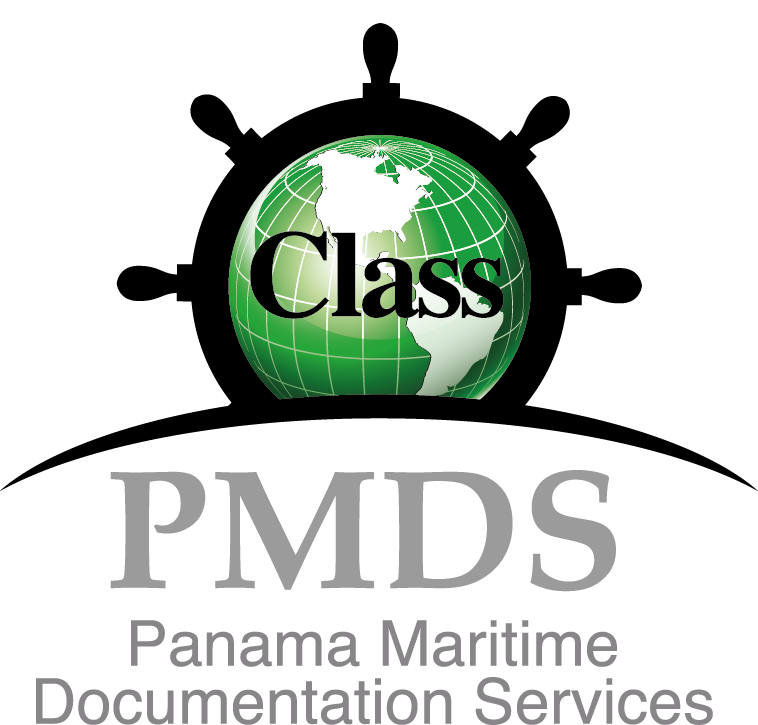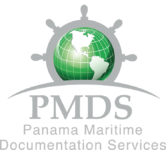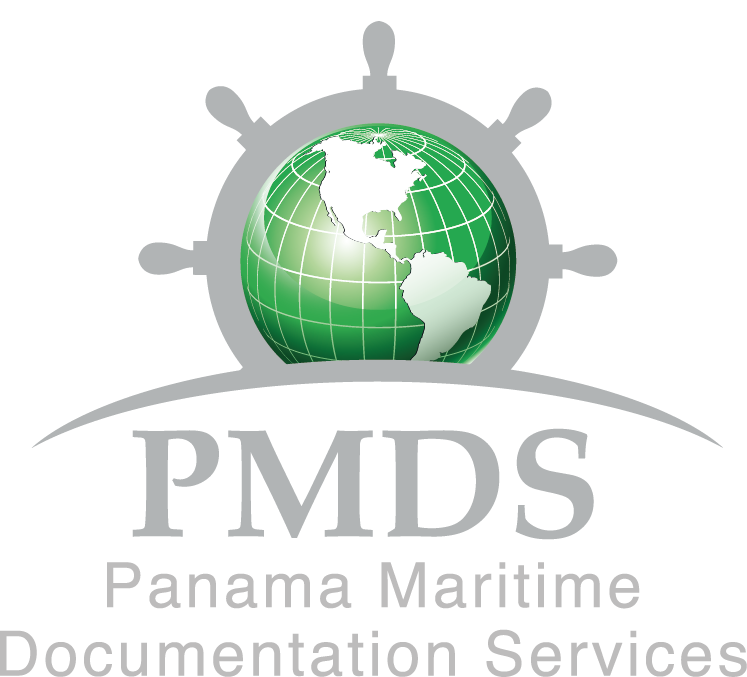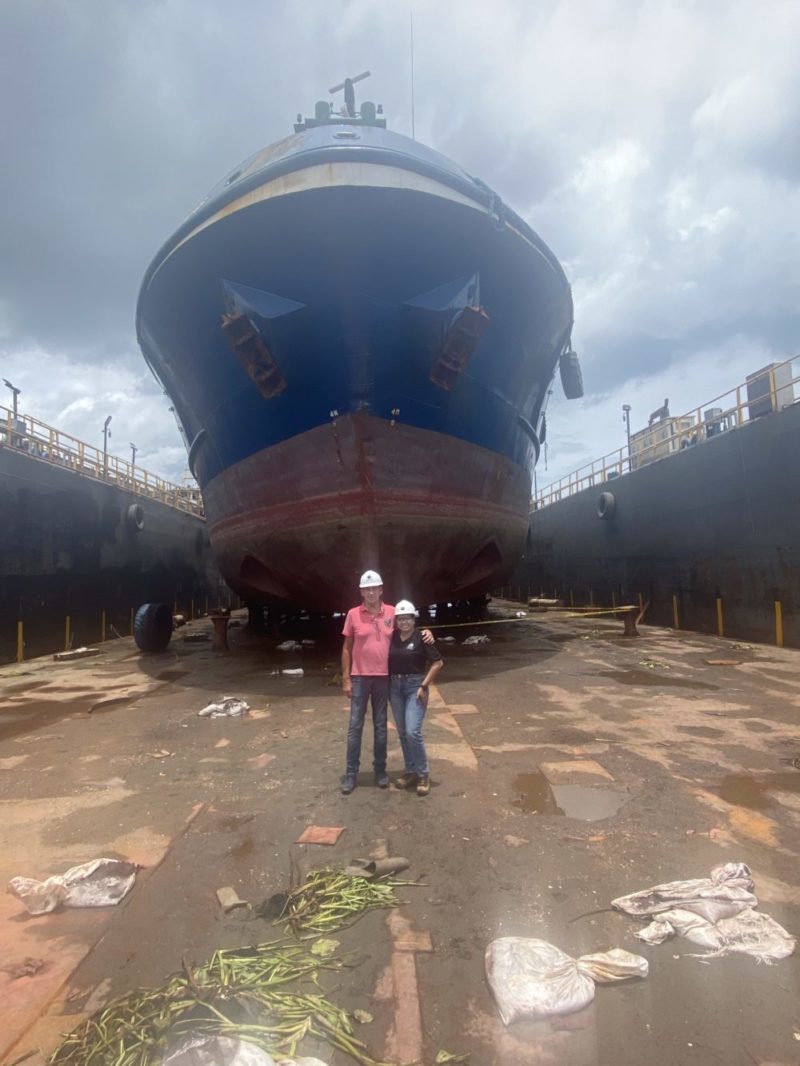
Extended Dry-docking Scheme (EDD)
What is Extended Dry-Docking of Ships or EDD scheme?
According to SOLAS regulation, every sea-going vessel must undergo two dry docks within a period of 5 years. Dry dock is a complex process which is both expensive and time consuming. It is a necessary evil which ship owners, operators, and crew members must go through when the time requires. With two compulsory dry docks within a period of 5 years, it is a stressful task for ship owners and personnel who must go through a lot of planning and preparation for the dry-docking activity.
To deal with this situation, all major classification societies have a special program called the “Extended Dry-Docking” or EDD scheme.
Under the extended dry-docking program, ships have a privilege to extend their dry-docking period from 5 to 7.5 years. This means that ships under this special program gets maximum dry dock interval of 7.5 years by replacing certain dry-dockings by in-water surveys (IWS) which are carried out by approved diving companies. A variety of factors are taken into consideration before approving a ship for extended dry-docking.
One of the major benefits of the Extended Dry-docking program is that the ship is allowed to stay in water for a longer time increasing the availability of vessels for business. It also helps operators with increased flexibility in choosing the dry-docking window with properly planned maintenance programs and schedules.
Guidelines and Requirements for Extended Dry-docking Program
The maximum dry-docking period is extended by allowing the qualified ships to undergo In-Water Surveys (IWS) which help to increase the period between two dry-docks. However, it is to note that only those ships which produce satisfactory results in these surveys are allowed to continue with the EDD program.
PMDS has its own requirements to allow a ship under extended dry-docking period to ensure highest levels of quality and safety:
- the extended dry-docking program is available for only container ships, general cargo ships, and multi-purpose dry cargo vessels.
- Dry-docking period extends from 5 to 7.5 years.
- Extended Dry-Docking (EDD) Scheme” can be accepted by the Panama Maritime Administration after the reviewing of the Classification Society, as indicated in the MMN-06/2022.
- Dry-docking is replaced by In-Water Surveys (IWS) from authorized underwater inspection service providers.
- Age of the ship plays a major role during acceptance for the EED program.
- Inspection of hull and paint coating is one of the most important factors considered for extended dry-docking.
- Anti-Corrosion system (corrosion protection) is an absolute must for EDD. Ships with high quality underwater coating are only allowed for the extended dry-docking.
- The ballast tanks must also have good coating condition.
- The quality and thickness of coating requirements are different across EDD providers.
- The results of the in-water survey play an important role in deciding the next dry-docking schedule for the ship, even if the ship is under Extended Dry-Docking Program. If the results of this survey are found unsatisfactory, then the operator is asked to book a dry-dock within one month of the IWS (In water survey).
- Generally, ships of age not greater than 10 years are considered for EDD.
- All ships in an EDD scheme shall be dis-enrolled once the ship reaches 15 years of age.
- Special surveys can be assigned to ships if required.
- No extensions should be granted for the dry-docking required at the end of each extended dry-docking period.
For additional information contact us : corporate@panamamaritime.com

 (507) 6780-7942
(507) 6780-7942
